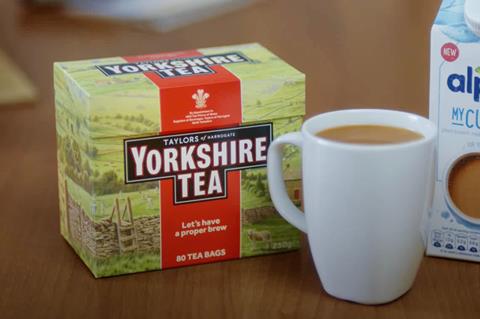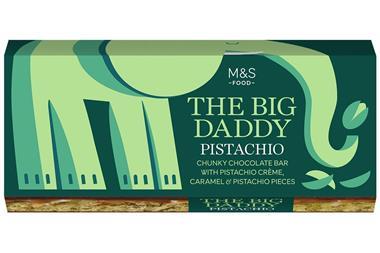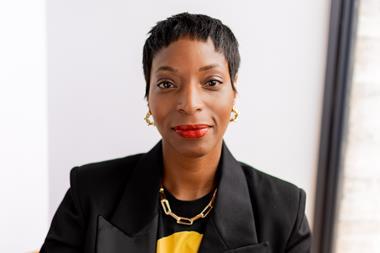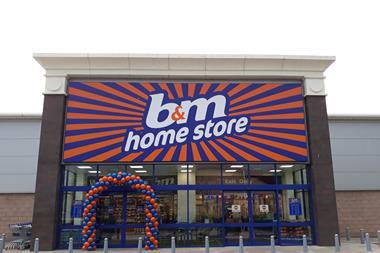
Some brands avoid using humour in advertising, and I get it – it takes guts. It’s like being at an open mic night where the audience don’t care and the comedian is a newbie. No one laughs; there’s just muttering and awkward silence. Similarly, using humour on an unprepared audience feels unpredictable and scary, unlike the safety blanket of a purpose-driven or product-led campaign.
But here’s the thing: humour works. Research from Oracle found about 90% of consumers are more likely to remember a funny ad, and 72% would choose a humorous brand over its competitors. And after years of not being popular, funny ads are making a comeback. In fact, 75% of UK and US Cannes Lions film award winners in 2024 used humour, up from 52% in 2023.
Plenty of fmcg brands have cashed in on this in the past. Yorkshire Tea’s witty social media presence helped it grow its leading market share to 36.7%, and Innocent Drinks became a bestseller through its playful tone.
In fact, humour can be a real game-changer for brands. Fmcg is a tough gig – the competition is fierce, and often the differences between products are tiny. Products are usually low-cost and low-involvement, so consumers tend to make decisions on autopilot. In this sea of sameness, brands need to grab you by the eyeholes.
Humour does just that. It grabs attention and, crucially, it can make something a little same-same into something a lot more memorable. When consumers associate your brand with something that invokes a memorable reaction, they’re more likely to throw your product in the trolley.
Plus, fmcg brands usually target a broad audience, so the trick is finding a way to connect with everyone. When done right, humour can resonate across different demographics, making it a powerful tool for broadening your brand’s reach.
Be smart to be effective
That said, it’s corny as f**k when an ad tries too hard to be funny, resorting to cheap jokes that don’t connect with the brand and are as subtle as a shovel to the face. It makes me squirm, and most of the time it doesn’t work.
Effective humour isn’t just about a punchline. It requires insight, nuance, and an understanding of what clicks with people. It’s about being culturally relevant, surprising, and entertaining.
Most importantly, it needs to make sense for the brand. Humour should have a serious business case at its core. Advertising ultimately exists to drive sales and profit in the short and long term, and humour for humour’s sake won’t cut it.
CeraVe’s Super Bowl campaign this year nailed smart humour. The skincare brand, known for its serious and scientific approach, flipped the script with a funny campaign featuring actor Michael Cera pretending to be the mastermind behind the business. It was clever, intentional, and the preceding PR campaign delivered over nine million impressions before the final ad even aired.
Advertising isn’t about gags: it’s about using nuanced insight in an intentional way to create culturally relevant work, whether it ends up being funny or not. It’s about being brave, getting people chatting, and most of all, it’s about growing a brand.



















No comments yet